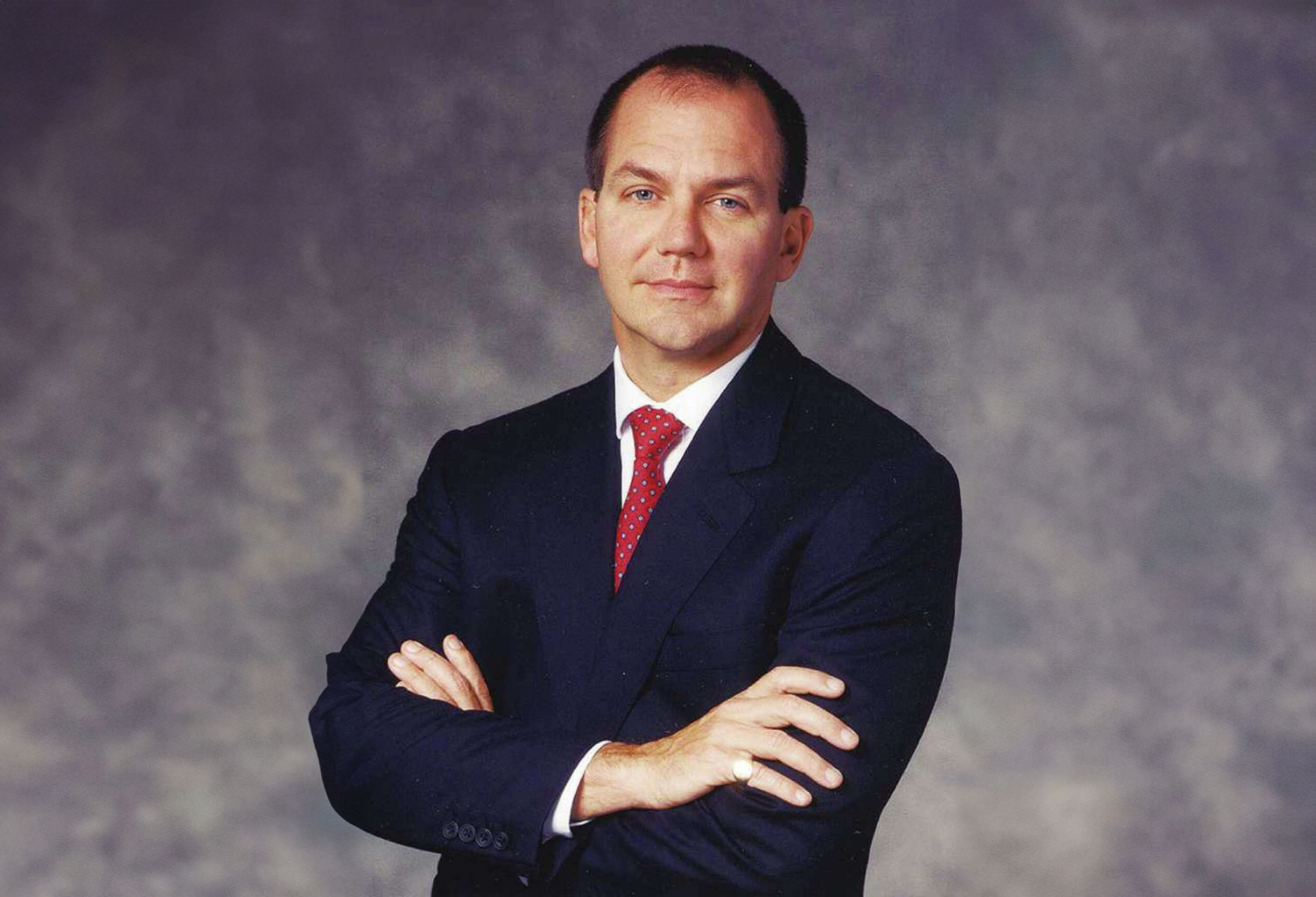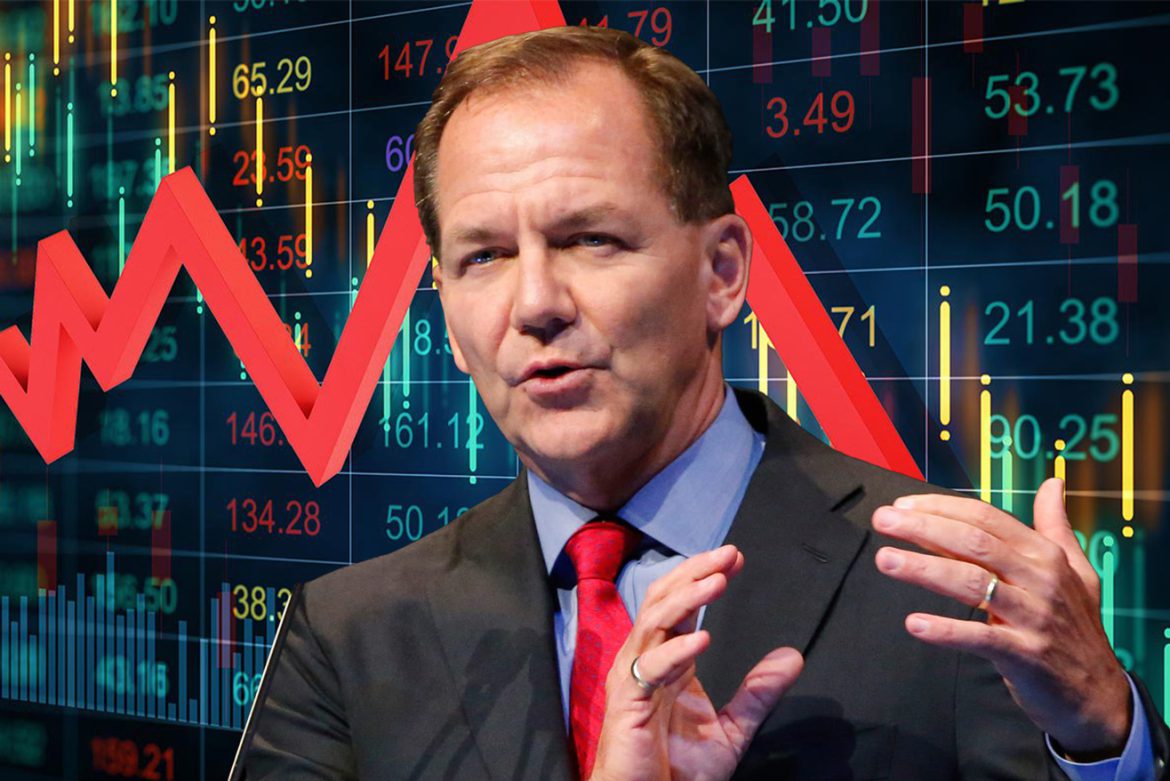 Paul Tudor Jones: The Beginnings
Paul Tudor Jones: The Beginnings
On September 28, 1954, Paul Tudor Jones came into the world in Memphis, Tennessee, a city primarily known for the “King,” Elvis Presley. He earned his bachelor’s degree in economics at the University of Virginia, where he occasionally stood out as the collegiate champion in his weight class in boxing. During this time, his desire to achieve significant profits as a trader intensified. Jones drew particular inspiration from the renowned commodity speculator Richard Dennis. Additionally, his uncle, Billy Dunavant, had already made a successful career as a cotton trader.

After graduating in 1976, Billy Dunavant, his uncle, paved the way for Jones to enter the trading business. Another supporter was Eli Tullis, a cotton trader from New Orleans, who eventually offered Jones a position on the floor of the New York Cotton Exchange (NYCE). By this time, Jones had voluntarily foregone further education at Harvard Business School, as practical experience held more appeal to him.

Paul Tudor Jones: Apprenticeship and Rise
After his time as a salaried broker in New York, Paul Tudor Jones delved deeply into the intricacies of the stock market world. During his market observations, he conducted his own additional analyses to gain a deeper understanding of the interconnections. Many years later, Jones fondly recalled the tremendous speed and hustle on the trading floor. He spent a total of six months in New York before returning to New Orleans to work under Eli Tullis. Quickly, Jones developed a strong admiration for Tullis, especially for his ironclad control over his own emotions. He emphasized how Tullis remained composed even in relaxed conversations, even when his market positions were losing value.
In 1980, Paul Tudor Jones founded Tudor Investment Corporation, and four years later, he launched his own fund: the Tudor Futures Fund with an initial volume of $1.5 million. Investors who had invested $1,000 in the fund at the beginning could rejoice with over $17,500 after nearly four years—a multiplication of more than seventeen times. Concurrently, the managed assets grew to an impressive $330 million.
Paul Tudor Jones and “Black Monday”
On October 19, 1987, also known as “Black Monday,” the Dow Jones experienced a historic drop of 22.6%, equivalent to 508 points—the largest single-day loss in the history of the American benchmark. Paul Tudor Jones, a short-term trader specializing in profits within hours or a few days, stood out. While many investors suffered substantial losses in a short time, Jones was prepared. In advance, he had bet on a crash and accordingly hedged himself with short positions. Already in mid-1986, Jones, along with his team, assessed the probability of an impending massive stock market crash as high and designed a detailed plan on how to best act in such a scenario.
When Jones entered his office on the morning of October 19, he was already aware that the market would collapse that day. The Friday before had recorded record trading volumes for all declining stocks—a phenomenon that also preceded the crash of 1929. In addition, the statement by the US Treasury Secretary over the weekend, not to support the dollar further due to disagreements with West Germany, was released. The result: The Tudor Futures Fund led by Jones gained an impressive 62% in October alone.
Paul Tudor Jones: A Life Like a Movie
Even before “Black Monday,” the US non-commercial TV network Public Broadcasting Service (PBS) produced a documentary about Paul Tudor Jones in 1987. Titled “TRADER: The Documentary,” the documentary provides rare insights into the fascinating world of the speculator. It shows Jones in his daily work but also allows private glimpses, such as Jones’ estate in Virginia or during his ski vacation in the Swiss Gstaad. Although the documentary was broadcast on public television in November 1987, only a few copies exist, and fans have reportedly offered several hundred dollars for the film. After “TRADER: The Documentary” was temporarily available on YouTube some years ago, it is now only accessible through a Chinese server.
